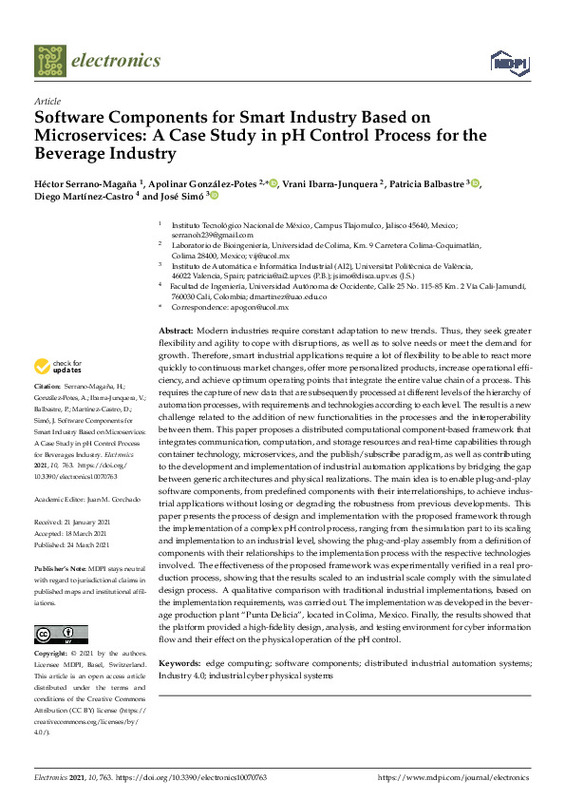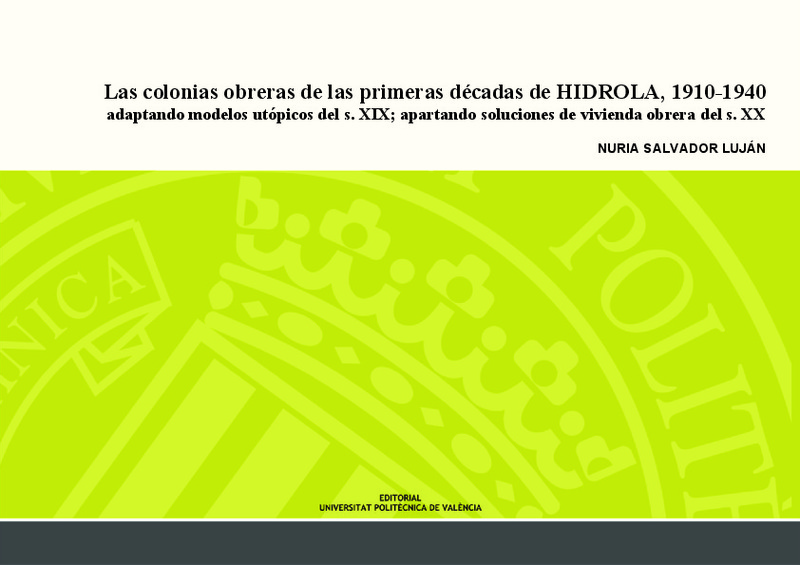JavaScript is disabled for your browser. Some features of this site may not work without it.
Buscar en RiuNet
Listar
Mi cuenta
Estadísticas
Ayuda RiuNet
Admin. UPV
Software Components for Smart Industry Based on Microservices: A Case Study in pH Control Process for the Beverage Industry
Mostrar el registro completo del ítem
Serrano-Magaña, H.; González-Potes, A.; Ibarra-Junquera, V.; Balbastre, P.; Martínez-Castro, D.; Simó Ten, JE. (2021). Software Components for Smart Industry Based on Microservices: A Case Study in pH Control Process for the Beverage Industry. Electronics. 10(7):1-21. https://doi.org/10.3390/electronics10070763
Por favor, use este identificador para citar o enlazar este ítem: http://hdl.handle.net/10251/187396
Ficheros en el ítem
Metadatos del ítem
| Título: | Software Components for Smart Industry Based on Microservices: A Case Study in pH Control Process for the Beverage Industry | |
| Autor: | Serrano-Magaña, Héctor González-Potes, Apolinar Ibarra-Junquera, Vrani Martínez-Castro, Diego | |
| Entidad UPV: |
|
|
| Fecha difusión: |
|
|
| Resumen: |
[EN] Modern industries require constant adaptation to new trends. Thus, they seek greater flexibility and agility to cope with disruptions, as well as to solve needs or meet the demand for growth. Therefore, smart industrial ...[+]
|
|
| Palabras clave: |
|
|
| Derechos de uso: | Reconocimiento (by) | |
| Fuente: |
|
|
| DOI: |
|
|
| Editorial: |
|
|
| Versión del editor: | https://doi.org/10.3390/electronics10070763 | |
| Coste APC: |
|
|
| Agradecimientos: |
This work has been supported by for research cooperation between Universidad de Colima (Mexico), Universidad Autonoma de Occidente (Colombia), Universitat Politecnica de Valencia (Spain) and the juice production plant Punta ...[+]
|
|
| Tipo: |
|











